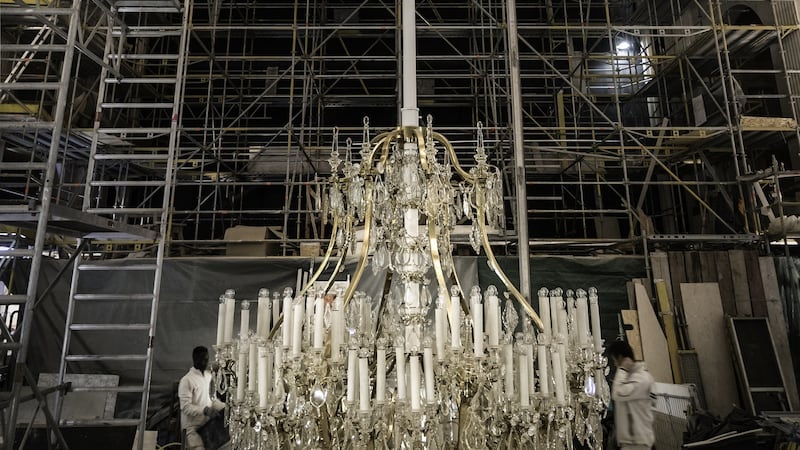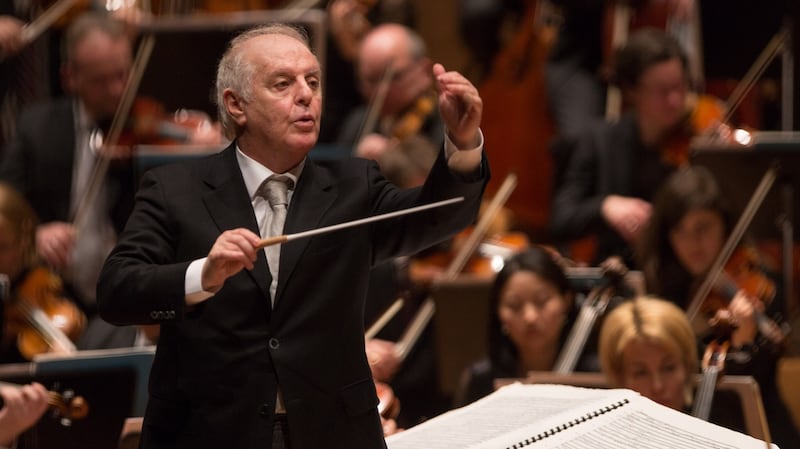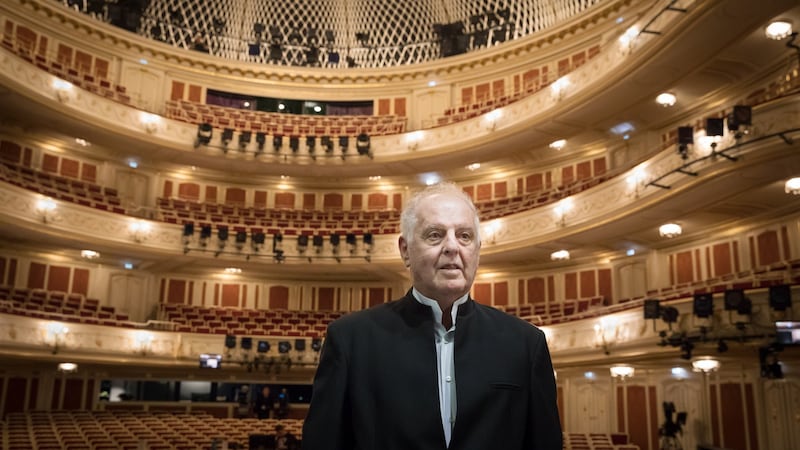When the curtain rises on Berlin’s renovated state opera next week, the greatest drama won’t be on-stage – but off.
For seven years, the Staatsoper on the Unter den Linden boulevard has been a ghostly sight as it underwent a radical facelift.
Next Thursday the doors will open again to mark the opera house’s 275th birthday. But excitement is overshadowed by fears that Berlin has laid another architectural egg.
Destroyed and rebuilt three times in three centuries, the former royal court opera is now a copy of a copy: a renovated version of an East German reimagining of the 19th century’s second iteration.
The opera house was supposed to reopen four years ago at a cost of €240 million. Instead it has taken twice as long and, at €400 million, has proven almost twice as expensive.

With the screwing and hammering continuing until the last minute, opera staff are worried they have moved into Berlin’s next voodoo building site. The work is so far behind that, after a brief reopening evening last October, the doors promptly closed again.
‘Second airport scandal’
At the time, house conductor Daniel Barenboim said the opera “isn’t finished, but finished enough to prevent it being a second airport scandal”.
It's the house that will look bad if people pay money for shoddy nonsense
Berlin’s cursed international airport – five years late and billions over budget – has made the German capital a national laughing stock. To avoid further egg on its face, many believe Berlin officials have demanded that next Thursday, come what may, the show will go on.
This week the city handed back the unfinished house to the state opera management, magnifying a sinking feeling about what lies ahead.

To the casual visitor's gaze, all looks well at the Staatsoper.
The neo-classical facade has been repainted pink, perhaps a thankful nod to its loyal gay following. Lovers of the East German Baroque interior, now refreshed, blocked plans for a radical redesign and improved sight-lines.
To improve acoustics, Barenboim demanded the ceiling be raised five metres, increasing the auditorium’s volume (size) by a third, and extending the reverberation from 1.1 to 1.6 seconds.
Backstage, though, the opera house is one long snag list.

The stage revolve isn’t working, and the mounting of sets and lighting is next to impossible. As a result, no one knows for sure how many – or few – repertoire performances they can stage, despite tickets sold and singers engaged.
On Thursday, a preview concert of Stravinsky’s Petruschka with conductor Sir Simon Rattle, went ahead only with an emergency health-and-safety permit.
The building has since been certified as meeting public health and safety requirements, and returning performers are relieved to find the race to install backstage toilets has been won.
Dressing rooms unfinished
But many dressing rooms are either unfinished or unusable, filled with equipment that cannot be put into its proper place because the house is still a building site.

“As far as Berlin’s cultural ministry is concerned it is good enough to play in, but we don’t think it is ready as an artistic venue,” said one member of the technical staff. “It’s the house that will look bad if people pay money for shoddy nonsense.”
Anything is possible, but these are conditions that place huge demands on the employees and artists
Their concerns have fallen on deaf ears in Berlin’s city government. State building director Regula Lüscher has dismissed concerns the opera is not ready to raise the curtain.
“For the building’s technical apparatus [and] fire safety ... we have special staff available to work alongside opera staff,” said Lüscher. “The opera opening will take place on December 7th, nothing is in danger.”
But opposition politicians in Berlin beg to differ. Green Party politician Sabine Bangert took a tour last week and was shocked to encounter exposed cables, a drafty stage area and builders working everywhere.
“Anything is possible, but these are conditions that place huge demands on the employees and artists,” said Bangert.
Her calls for the opening to be delayed have been ignored and, next Thursday, history may be about to repeat itself in the Unter den Linden opera house.
The original building opened its doors on December 7th, 1742, for a performance of Carl Heinrich Graun's Cesare e Cleopatra. And, according to records, Berlin's opera house wasn't finished then either.









